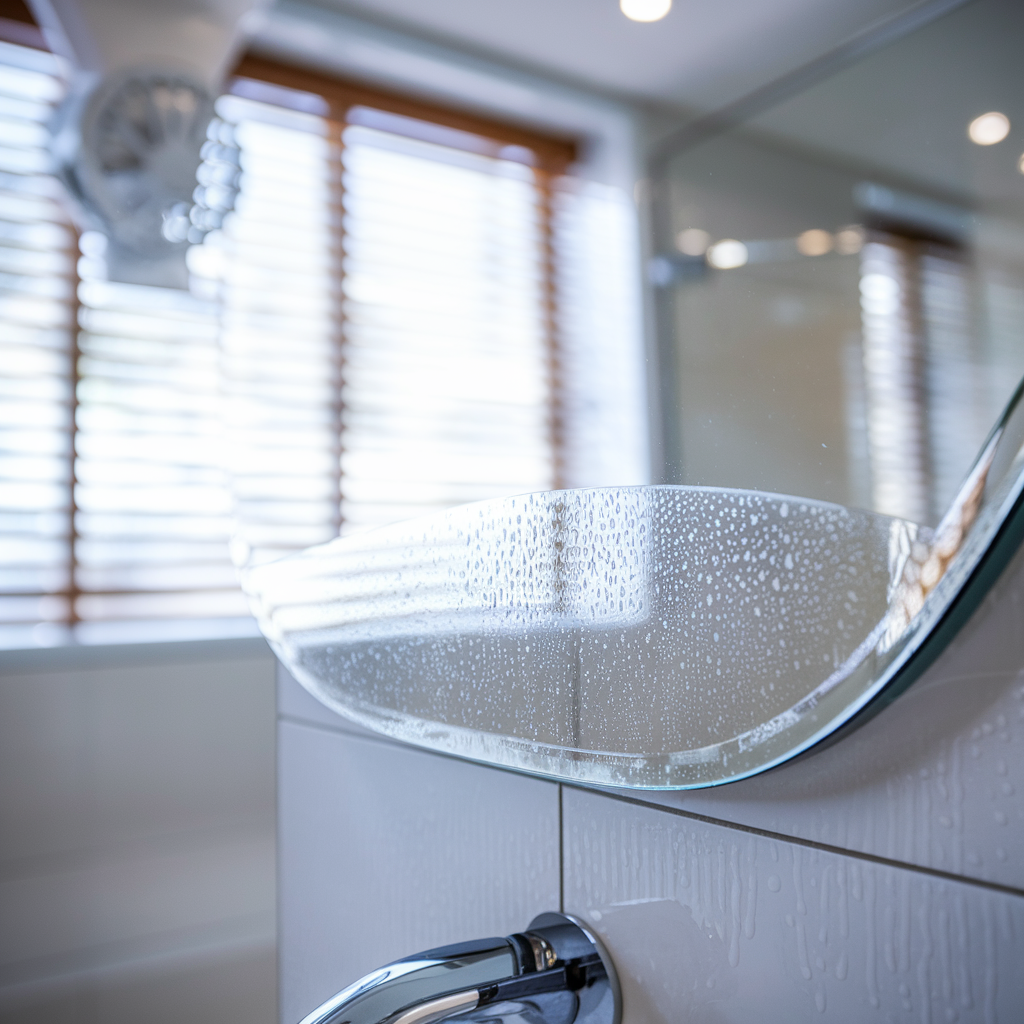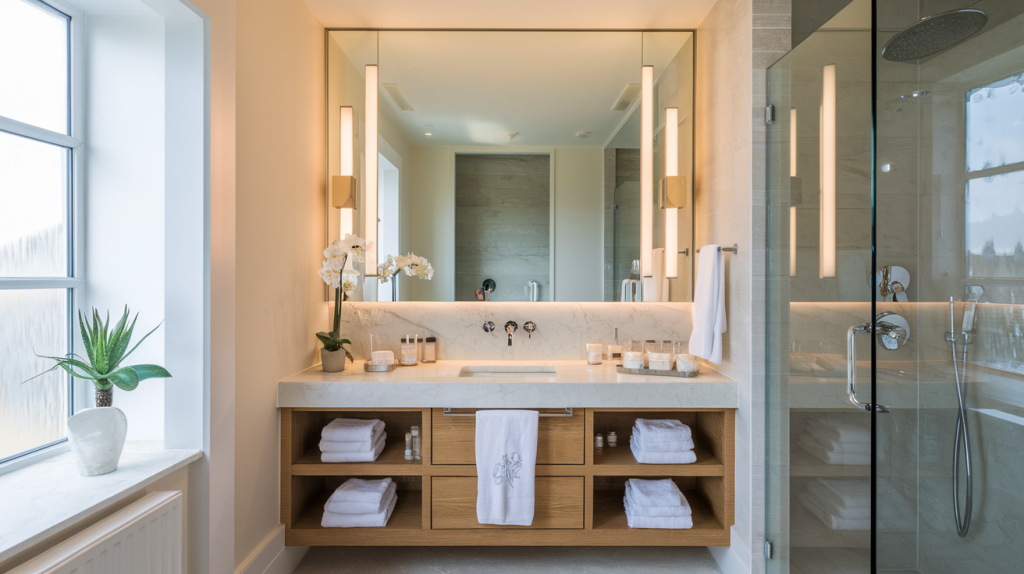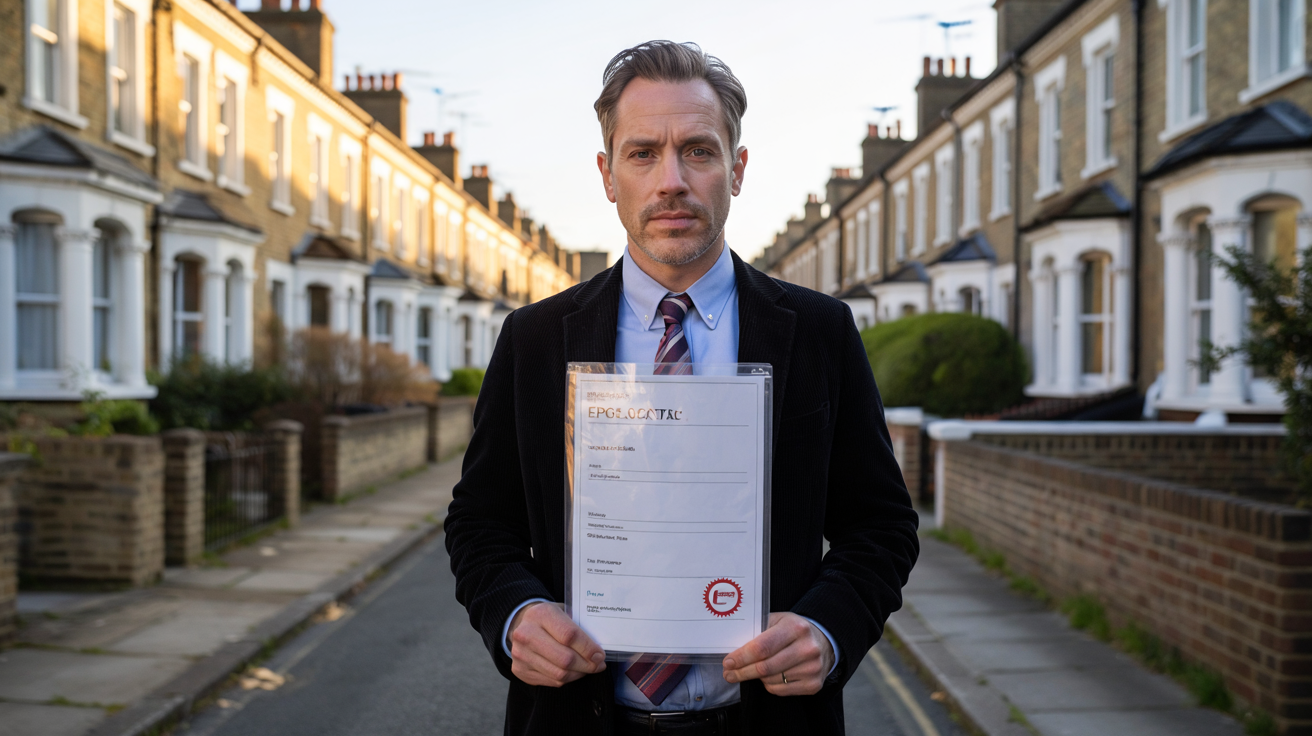Mould prevention is a major concern for UK homeowners, especially during colder months when condensation and dampness become more common. Left unchecked, mould on walls uk and ceilings can damage property and pose significant health risks. Understanding the causes of mould is the first step in protecting your home and well-being.
Mould thrives in damp environments where excess moisture lingers. Common causes include condensation on windows uk, leaking pipes, and poor ventilation. Homes with inadequate insulation or ineffective heating systems are particularly vulnerable, as temperature fluctuations create the perfect conditions for mould spores to grow.
The health risks of mould exposure are serious. Individuals with respiratory conditions, allergies, or weakened immune systems may experience worsened symptoms. Long-term exposure to black mould can lead to persistent coughs, skin irritation, and breathing difficulties. Landlords have a legal obligation under the Homes (Fitness for Human Habitation) Act 2018 to ensure rental properties remain mould-free, making building maintenance uk essential.
To reduce the risk of mould, homeowners should focus on key preventive measures:
- Improve airflow by using extractor fans and opening windows regularly.
- Fix leaks promptly to prevent hidden damp patches from forming.
- Maintain a steady indoor temperature to limit condensation build-up.
- Use anti-mould paint uk in high-risk areas like bathrooms and kitchens.
- Perform routine property maintenance uk to identify issues before they escalate.
By addressing these factors early, homeowners and landlords can effectively stop mould from developing. Preventative strategies involving proper ventilation and moisture control play a crucial role in maintaining a healthy indoor environment.
The Role of Ventilation in Mould Prevention UK Properties
 Ventilation plays a crucial role in mould prevention in UK homes. When air circulates well, it reduces condensation on windows uk and other surfaces. This limits damp areas where mould on walls uk can thrive.
Ventilation plays a crucial role in mould prevention in UK homes. When air circulates well, it reduces condensation on windows uk and other surfaces. This limits damp areas where mould on walls uk can thrive.
Many UK homes, especially older ones, struggle with poor ventilation. This leads to condensation, making them more prone to mould growth uk. Proper airflow helps control indoor humidity, keeping moisture in check and reducing the threat of mould.
Installing extractor fans in kitchens and bathrooms is a simple and effective way to improve airflow. These fans remove humid air, reducing chances of mould in bathroom uk. Using trickle vents on windows also helps by allowing a constant flow of fresh air, minimizing excessive moisture build-up.
Regular maintenance of these systems is vital. Citywide Maintenance Solutions can assist with ensuring that ventilation systems work efficiently. This is particularly essential for landlords, as poorly maintained systems can lead to legal issues under the Housing Act 2004, which mandates risks such as damp and mould be managed.
Homeowners can tackle ventilation issues by investing in dehumidifiers, particularly those with automatic sensors. These devices help humidity control uk by predicting moisture levels and responding accordingly. Consistent air exchange is the key to a more mould-resistant environment.
Taking these preventive steps significantly reduces the likelihood of needing more extensive mould remediation uk services. Ensuring good airflow also improves air quality, contributing positively to inhabitants’ health. With effective ventilation, you create a foundation for a healthier home, paving the way to discuss insulation’s role in damp prevention uk.
Effective Insulation and Moisture Control for Damp Prevention UK
 Effective insulation is essential for damp prevention uk, helping to control moisture and reduce the risk of mould growth uk. Poor insulation allows warm air to escape, creating cold surfaces where condensation on windows uk and walls can form. This moisture buildup provides the perfect conditions for mould to develop.
Effective insulation is essential for damp prevention uk, helping to control moisture and reduce the risk of mould growth uk. Poor insulation allows warm air to escape, creating cold surfaces where condensation on windows uk and walls can form. This moisture buildup provides the perfect conditions for mould to develop.
Proper insulation minimizes temperature fluctuations, lowering the chances of damp issues. Loft insulation helps retain heat, preventing cold spots that encourage condensation. Cavity wall insulation can also combat penetrating damp treatment uk, ensuring walls remain dry.
Inadequate insulation can result in rising damp, especially in older properties. Rising damp treatment uk may involve installing a damp-proof course to keep moisture from seeping into walls. Without these measures, homeowners face costly mould removal uk and potential structural damage.
To strengthen moisture control, homeowners can take proactive steps:
- Use anti-mould paint uk in problem areas to create a protective barrier.
- Ensure gutters and downpipes remain clear to prevent excess moisture around the property.
- Check for leaks and fix plumbing issues to avoid hidden damp spots.
Landlords are responsible for addressing insulation and damp issues under the Homes (Fitness for Human Habitation) Act 2018. Regular damp survey uk inspections can help identify weaknesses before they turn into costly repairs.
By combining quality insulation with strict moisture control, homeowners can significantly reduce the risk of mould. These strategies not only preserve the property but also create a healthier indoor environment. The next step is implementing effective home maintenance uk practices to ensure long-term mould prevention.
Essential Home Maintenance Tips to Prevent Mould Growth UK
 Regular home maintenance uk is one of the most effective ways to ensure long-term mould prevention uk. Simple but consistent upkeep minimises risks by keeping moisture levels under control and ensuring that potential issues are identified early.
Regular home maintenance uk is one of the most effective ways to ensure long-term mould prevention uk. Simple but consistent upkeep minimises risks by keeping moisture levels under control and ensuring that potential issues are identified early.
Inspect your home frequently for signs of rising damp treatment uk and penetrating damp treatment uk. Look for peeling paint, water stains, or musty odours, which may indicate hidden moisture problems. Scheduling a professional damp survey uk can help detect early signs of trouble before they escalate.
Address leaks quickly. Even minor plumbing issues can lead to excess moisture, encouraging mould growth uk. Regularly check pipes, roofing, and window seals to prevent water infiltration. Citywide Maintenance Solutions provides expert repairs to ensure your home remains dry and protected.
Using anti-mould paint uk on walls and ceilings can add an extra layer of defence. Specialised coatings resist moisture, making them ideal for areas prone to mould in bathroom uk and mould in bedroom uk. Additionally, choosing mould cleaning products uk that eliminate spores effectively can help maintain a healthier indoor environment.
Gutters and drains should also be kept clear. Blocked drainage can lead to water pooling around your property, increasing the risk of structural dampness. Ensuring proper water runoff helps prevent both exterior and interior moisture buildup.
By combining ventilation, insulation, and regular maintenance, homeowners and landlords can significantly reduce the need for costly mould remediation uk. Keeping a proactive approach ensures that properties remain safe, compliant, and free from health risks related to damp and mould.
Legal Responsibilities: Landlord and Tenant Rights in Mould Prevention
 In the UK, landlords have clear legal responsibilities when it comes to mould prevention in rental properties. Under the Homes (Fitness for Human Habitation) Act 2018, they must ensure properties remain free from serious hazards, including damp and mould. Failure to address these issues can lead to legal action from tenants or enforcement by local councils.
In the UK, landlords have clear legal responsibilities when it comes to mould prevention in rental properties. Under the Homes (Fitness for Human Habitation) Act 2018, they must ensure properties remain free from serious hazards, including damp and mould. Failure to address these issues can lead to legal action from tenants or enforcement by local councils.
Landlords should conduct regular damp survey uk inspections to identify potential risks. Issues such as condensation on windows uk, leaking pipes, or faulty ventilation systems need prompt attention. If left unresolved, these problems can worsen, leading to costly mould remediation uk and endangering occupant health.
While landlords must maintain the property, tenants also play a role in mould prevention uk. Simple actions like using extractor fans, keeping windows open periodically, and wiping excess moisture from surfaces help reduce mould growth uk. However, if a property has structural issues causing persistent mould on walls uk, the responsibility falls on the landlord.
Under the Environmental Protection Act 1990, councils can issue abatement notices against landlords who fail to address severe damp and mould treatment uk. Ignoring these notices can result in fines or prosecution. Ensuring adequate ventilation uk, insulation, and heating reduces these risks while keeping tenants safe.
Proactive property care is the best way to avoid legal disputes. Citywide Maintenance Solutions supports landlords with expert inspections, repairs, and preventative maintenance. Timely action not only protects tenants but also preserves property value and compliance with UK housing regulations.
Final Thoughts: A Proactive Approach to Mould Prevention
Mould prevention uk requires a proactive strategy to stop moisture issues before they escalate. Insufficient ventilation uk, poor insulation, and delayed repairs can quickly lead to persistent mould growth uk, affecting both property value and occupant health.
Regular inspections are essential. Identifying early signs of mould on walls uk allows for timely intervention, reducing the need for costly mould remediation uk. Investing in professional damp survey uk assessments helps landlords and homeowners detect hidden damp problems before they worsen.
Incorporating preventative measures strengthens home resilience. Applying anti-mould paint uk in high-risk areas, addressing leaks promptly, and using effective humidity control uk solutions significantly reduce indoor moisture levels.
Landlords must comply with UK housing regulations, ensuring properties remain fit for habitation under the Homes (Fitness for Human Habitation) Act 2018. Failure to address mould in bathroom uk or mould in bedroom uk could result in fines or legal action from tenants.
Beyond legal responsibilities, prioritizing maintenance safeguards the property’s structural integrity. Keeping gutters clear, repairing damaged roofing, and sealing window frames prevent penetrating damp treatment uk needs, reducing overall property maintenance costs.
Citywide Maintenance Solutions provides expert property maintenance uk services, offering tailored solutions to protect homes from damp and mould-related issues. By focusing on preventative care, homeowners and landlords ensure healthier living environments while preserving long-term property value.








